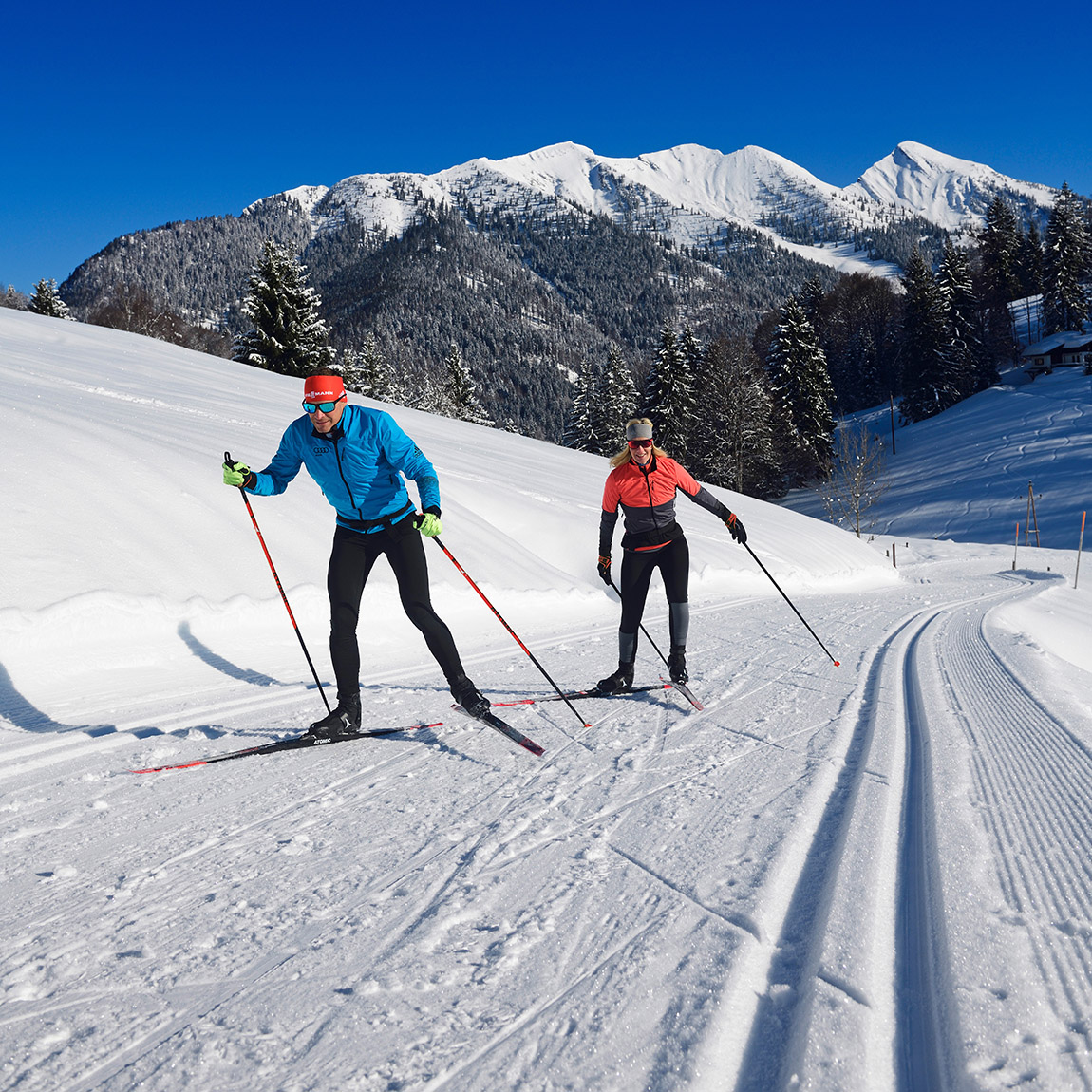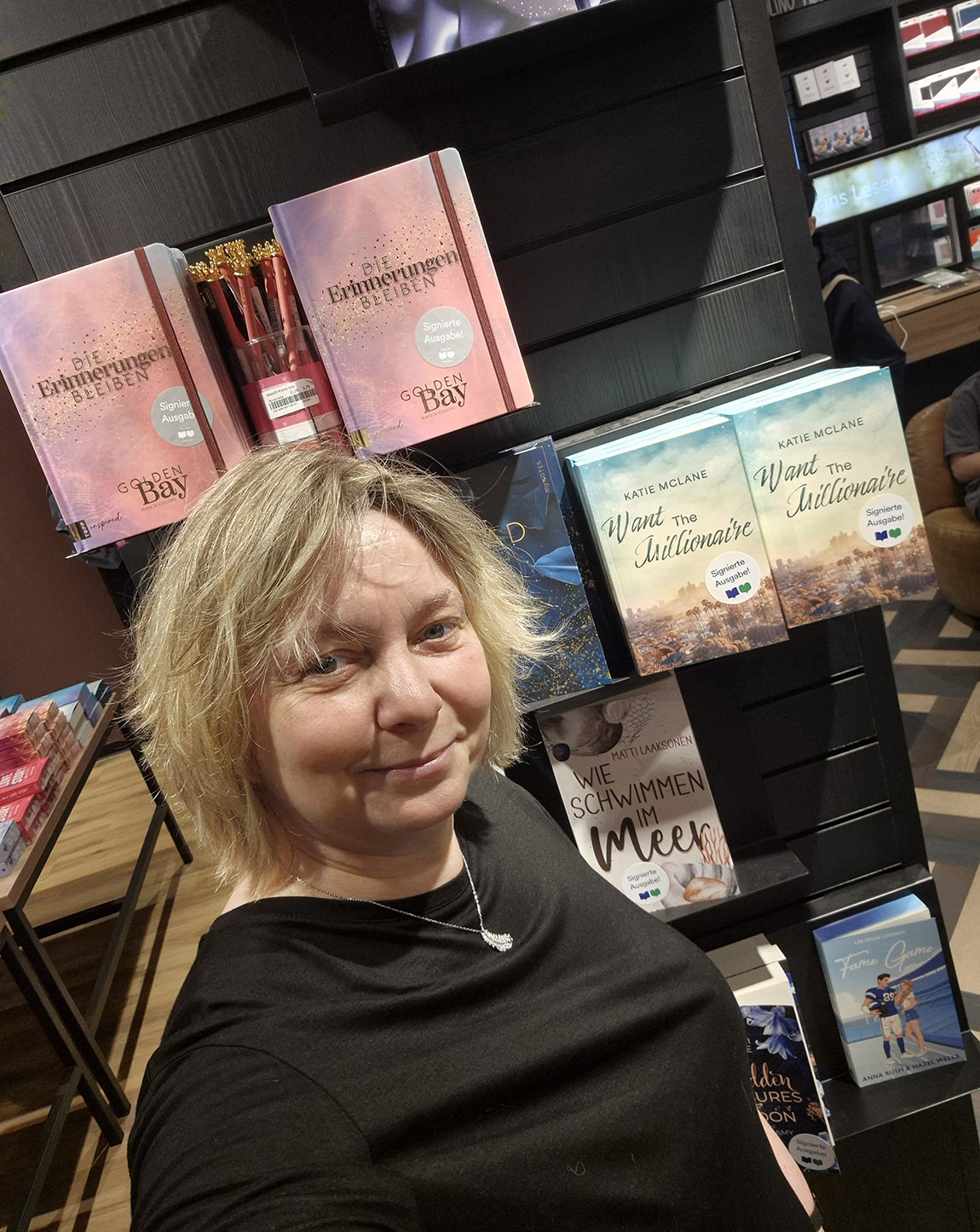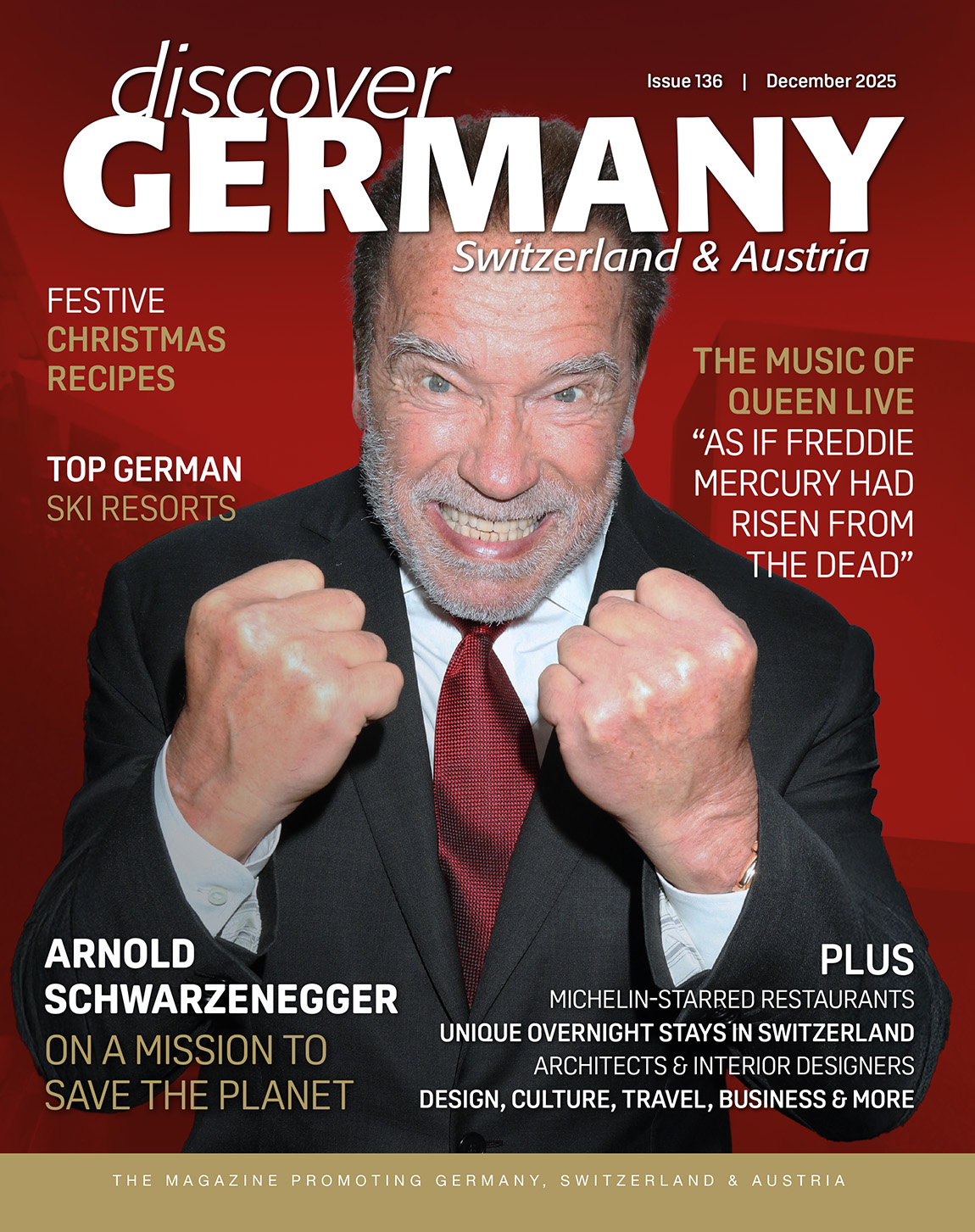THE ENCHANTING WORLD OF BERLIN’S CEMETERY PARKS
TEXT & PHOTOS: CORNELIA BRELOWSKI
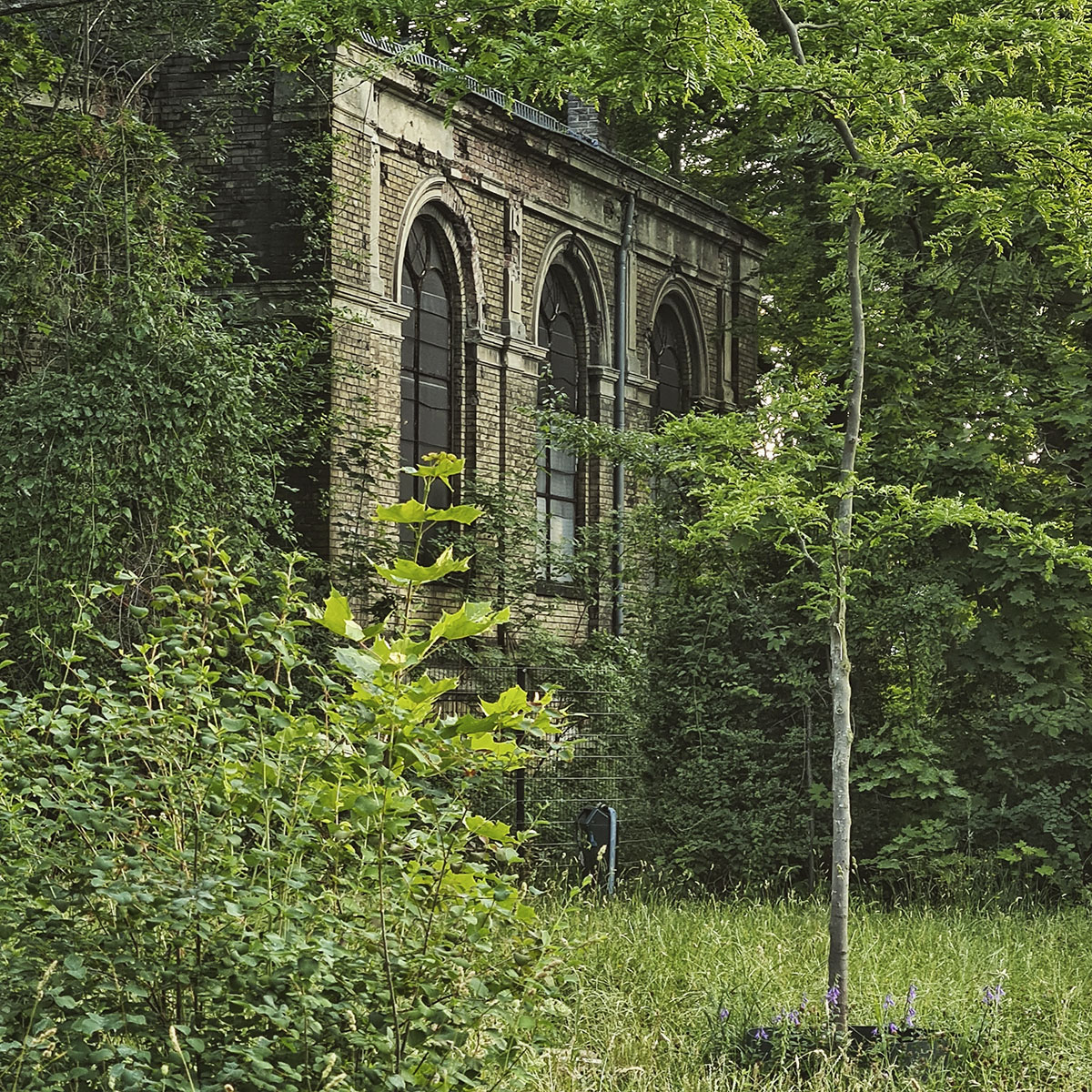
Walking cemeteries while travelling can be, if you will excuse the pun, a most grounding experience.
While connecting the visitor with the local past and history, Berlin cemeteries can also provide a welcome refuge from the constant buzz of the city and thus serve as a place for contemplation and insight during a fully packed Berlin day.
Most travellers will have heard about cemetery hot spots such as the ‘Dorotheenstädtische Friedhof’, hosting numerous big names from literature and art spanning throughout Berlin’s imposing history – or the cemetery at Stubenrauchstraße in Berlin Schöneberg, which draws Marlene-Dietrich-fans especially. This feature will explore cemeteries you may not yet have learned about, which may however prove as rewarding as the more popular ones – for slightly different reasons.
Green spaces in Berlin can be plentiful, but there are some boroughs, especially in the Eastern part of the city, that simply don’t have enough park space to roam in after school or during lunch break.
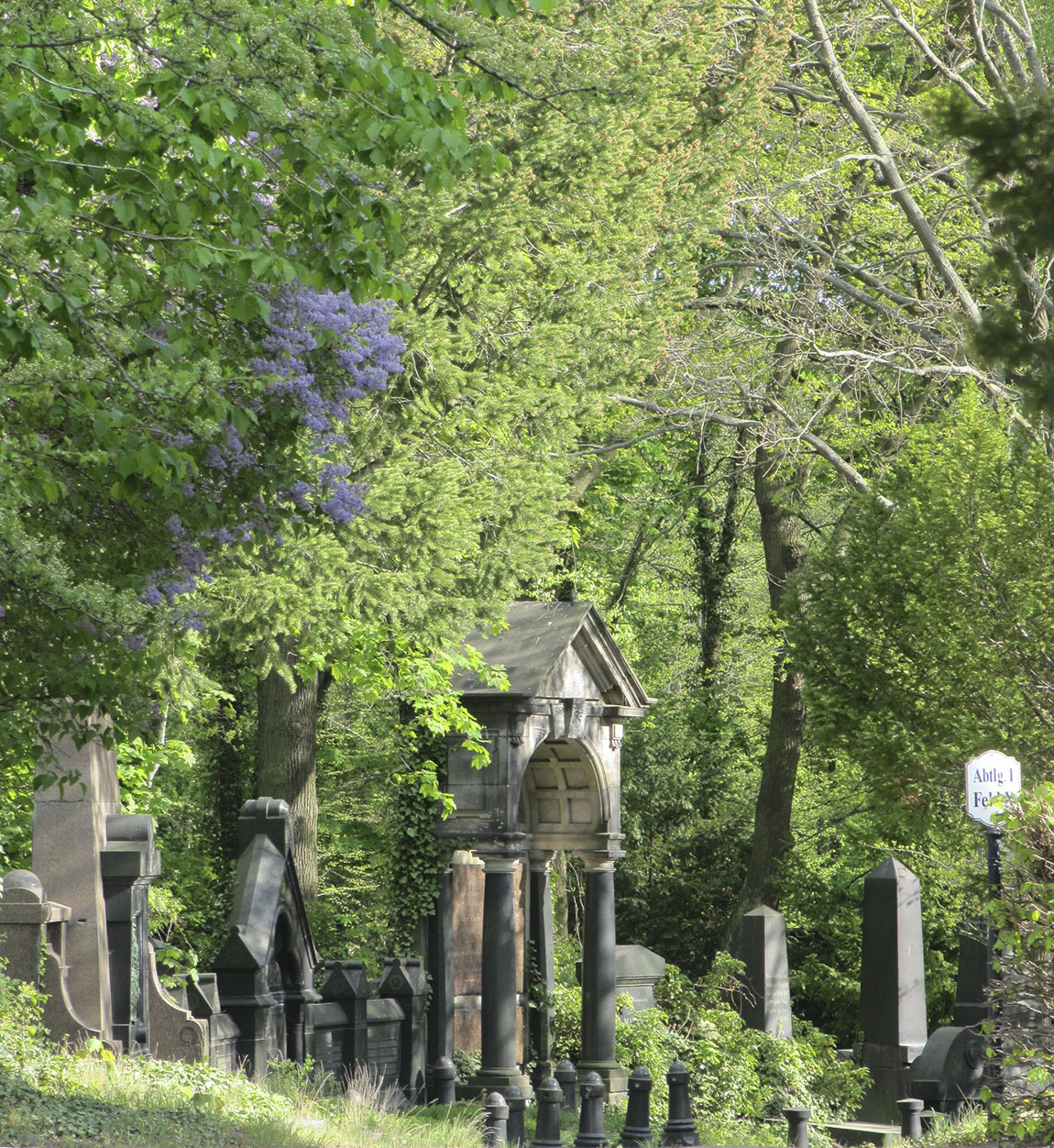
Jewish Cemetery Weißensee – a historical cemetery park designed by Hugo Licht 1879/80.
Contemplation and recreation in Prenzlauer Berg
Problem observed, problem solved: Where the renowned Prenzlauer Berg district borders the inner city, recreational spaces are hard to find – with one exception: The old, partially neglected city graveyards, which often still seem to be slumbering in a foregone century.
The combined St. Marien/St. Nicolai cemeteries for example feature a half-wild area where the vast layout borders Heinrich-Roller-Straße in the hip district of Prenzlauer Berg. This part – neglected for decades – had long been informally used for family picnics by the local residents until the grounds officially became the Leisepark (‘quiet park’) in 2011 – presenting a secluded, fenced-in green space with much atmosphere and charm.
Planned and implemented with the help of local families, the transition from cemetery to park proved highly successful. While the remains of solitary memorial stones and sculptures are left scattered picturesquely across the tree-lined area, numerous benches invite to rest and reboot. There is just enough running space with nooks and niches for kids to play hide-and-seek – or feed the very social local red squirrel, which doubtlessly has been named several times over. Thus residents, weary travellers and the kids from the school down the street can relax and unwind – quietly, of course.
Towards the city, another area of the same vast double cemetery features slumbering rows of dreamy old and new plots, known to be visited sometimes by a much treasured, frequent Berlin traveler: As we know from her writings and interviews, Patti Smith has a thing for walking cemeteries in strange cities, be it to honor fellow artists or to simply find a place for peaceful contemplation. In Berlin, where she often stays to work and perform, she likes to explore the cemetery situated right across the street from Soho House, forming the Southern part of the above-mentioned St. Marien/St. Nicolai cemeteries.
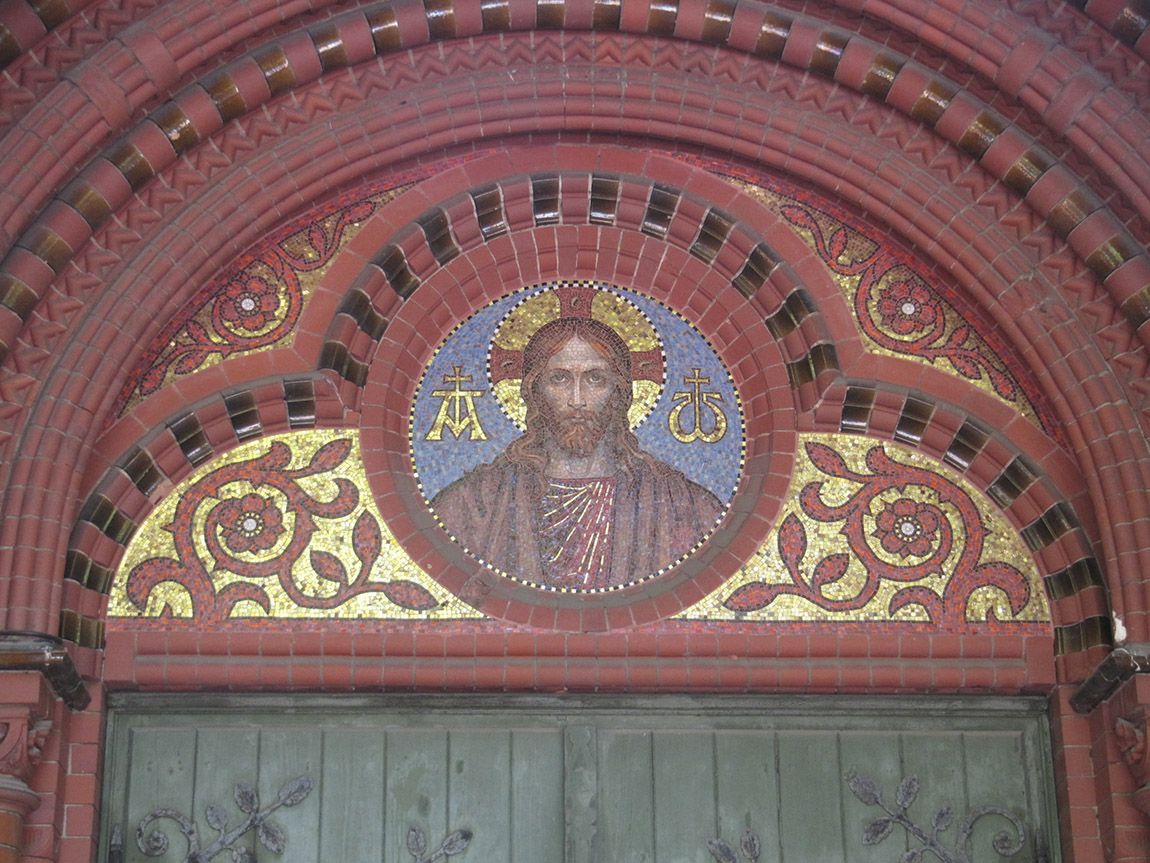
Sophien Friedhof II – The chapel features a well preserved mosaic in Renaissance Revival style from 1898.
The lesser known of Mitte
Located as centrally, but much more secluded than the renowned Dorotheenstädtischer Friedhof is the dreamy ‘Sophien Friedhof II’ cemetery at Bergstraße in Berlin-Mitte. Also known as the ‘cemetery of composers’, it houses the graves of Walter Kollo, Albert Lortzing, William Bach (J. S. Bach’s grandson), as well as the soon to be restored Bechstein mausoleum. The chapel features an impressive and well-preserved mosaic in the Renaissance Revival style from 1898. Sophien II has a contemplative, philosophical atmosphere to it, a quality which is usually hard to find in the Mitte tourist bustle.
Forest of light: The Jewish cemetery in Weißensee
Straying a little further from the common Berlin visitor’s radius, a treasure of cemetery park architecture can be found in the borough of Weißensee. Designed by visionary landscape architect Hugo Licht, and meanwhile lovingly restored, the listed park ensemble from 1880 spans across 42 hectares (roughly 104 acres), thus forming the largest preserved Jewish cemetery in Europe. Once you have crossed the entrance square, you enter a world of both magic and challenging history – much pacified and softened by the amazing landscape architecture which grants each grave a vast number of guarding trees.
While visitors scan the area for historical names of Berlin’s Jewish community, the sunlight floats and filters through treetops unhindered, gently touching headstones and sculptures or being colourfully reflected by the stained glass windows of the larger mausoleums. A place of peace and contemplation indeed, and a must-go for any visitor with an eye for history and natural beauty.
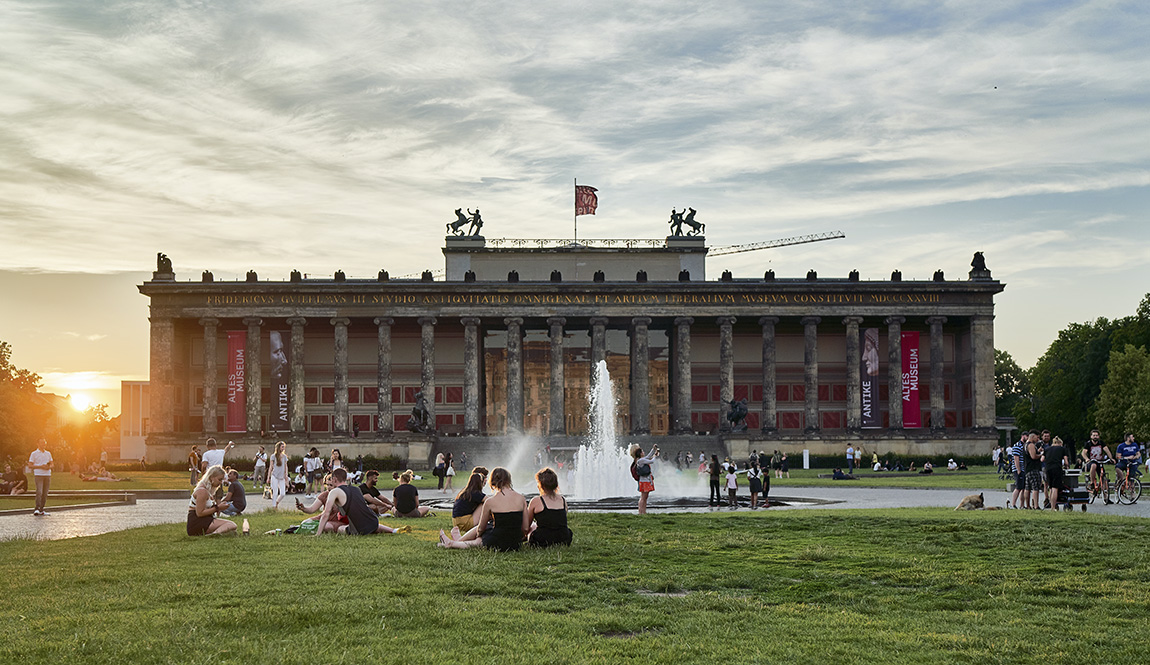
Photo: Unsplash
Leisepark: Access via Heinrich-RollerStraße, Prenzlauer Berg
St. Marien/St. Nicolai cemeteries (south): Access via Prenzlauer Allee
Sophien Friedhof II: Access via Bergstraße, Mitte
Jewish Cemetery Weißensee: HerbertBaum-Straße, Weißensee
Subscribe to Our Newsletter
Receive our monthly newsletter by email



